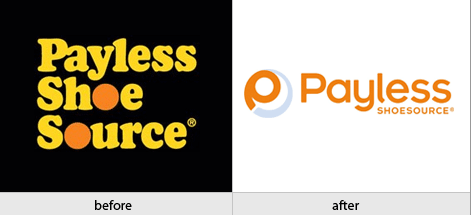What did 2007 stand for?
December 26, 2007
Greg Verdino summed up his take on 2007 in a great post earlier this month. You’ll want to go check it out to get the nuances of his thoughts, but in a very abbreviated form — he said the top 7 trends that defined 2007 were:
Merger Mania: Seems like everyone is buying someone…
Presence and Accounted for: Every day there’s a new beta for a social network being launched and everyone’s rushing to give each and every one a try.
Facebook Frenzy: About a bazillion people there. Nuff said.
The Mobile Year that Wasn’t: Everyone predicted this was going to be the year that mobile marketing was going to take off. Oops, not so much.
The Birth of Virtual Natives: Second Life to Webkinz. If you aren’t a member of one now…you will be.
Writers Wronged: What impact will the writer’s strike have on online content, videos etc.
And then Greg left #7 blank — asking readers to share what they thought was the 7th significant trend of the year.
So, here’s my take. A year ago, Time Magazine named YOU (meaning us) the person of the year….heralding the power and influence of social media.
It had to be the most talked about news item on blogs (other than the iPhone release) in ’07. And you can’t blame us. It’s tough being one of the first few million to do something, trying to break through. A little recognition is nice.
But…I think trend #7 is that the celebration was pretty premature. I believe that we’re still very much social media pioneers, a few million of us or not. And we are standing at the base of a very steep mountain. The climb is not going to be easy or short.
Step away from people who blog, read blogs, the media, marketing and advertising folks…and you will find a vast majority of human beings who are completely unaware of what social media means. If you said Second Life to them, they’d think you meant Saturday Night Live or you want to talk about your religious beliefs. They might have heard the word blog but it has no relevance to them. They don’t understand that social media has power — let alone how to harness it. Bottom line — we’re not on their radar screen yet.
As Gavin is famous for saying — you know something is mainstream when your grandma gets it. Well, grandma doesn’t get it yet.
I don’t take this as bad news, by the way. We’re riding the first wave of social media. It’s not mainstream yet but it will be. And we get to cut the path.
I believe trend #7 is/was that the euphoric fog lifted and most of us now recognize that while the journey is going to be a long one — the ride is going to be a blast!
How about you — what do you think the 7th trend that defined ’07 was?
New Year’s image courtesy of www.New-Year.in
Related posts:
AdAge jumps on the YOU bandwagon
What was most significant in 2006?
My turn at offering a marketing prediction









![Reblog this post [with Zemanta]](http://img.zemanta.com/reblog_e.png?x-id=3ff85ef0-c281-4e32-aaf1-1b250d75bcaf)

![Reblog this post [with Zemanta]](http://img.zemanta.com/reblog_e.png?x-id=4c518ca4-59db-4c33-a89e-09ed5c5f873b)

![Reblog this post [with Zemanta]](http://img.zemanta.com/reblog_e.png?x-id=c7a2e3de-0fdb-47f3-97bc-f5f5124741a7)

![Reblog this post [with Zemanta]](http://img.zemanta.com/reblog_e.png?x-id=93a0053f-c045-42f0-bf2f-8da2f14cf24c)

